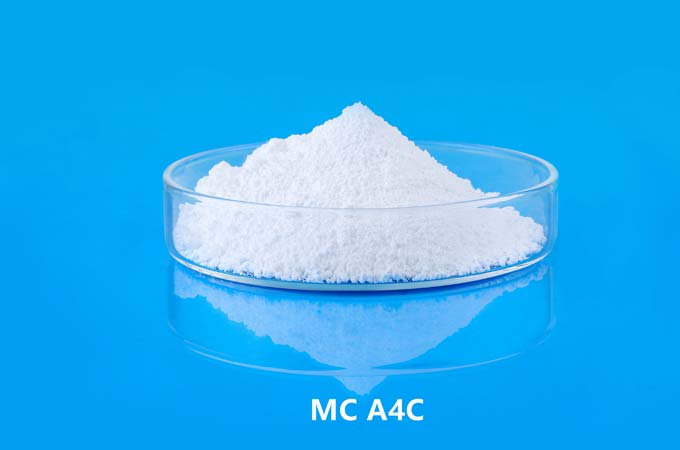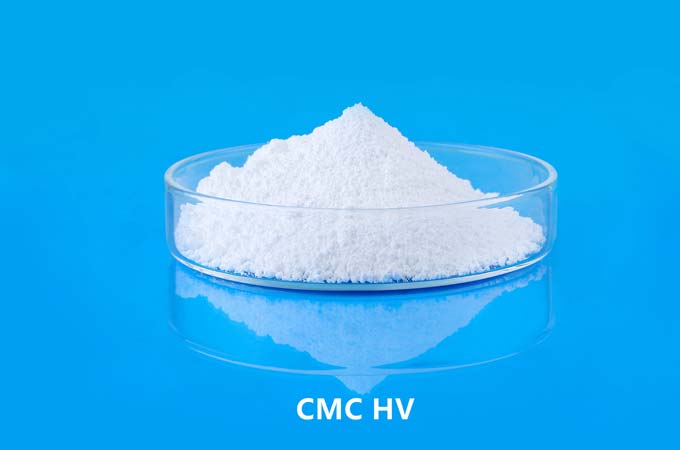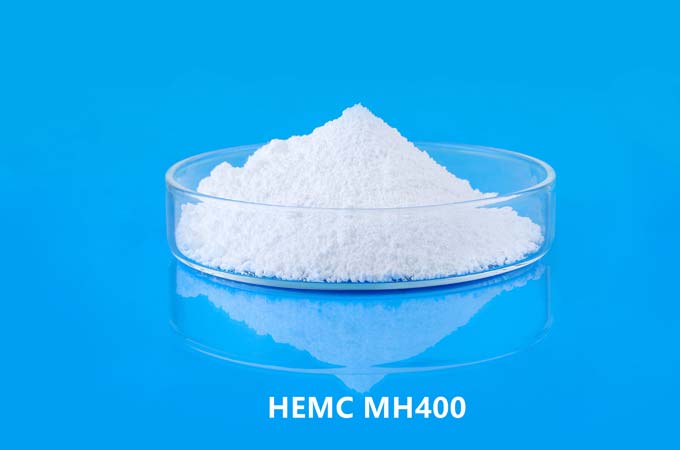Carboxymethyl cellulose (CMC) is a cellulose derivative, produced by the chemical modification of natural cellulose. The cellulose structure is altered through carboxymethylation, introducing carboxymethyl groups (–CH2–COOH) along the cellulose chain. This modification enhances the solubility and functionality of cellulose, making CMC a versatile additive in various industries. CMC is known for its thickening, stabilizing, and emulsifying properties, and is used in food, pharmaceuticals, cosmetics, and industrial applications.
Understanding Viscosity in CMC
Viscosity, a measure of a fluid's resistance to flow, is a crucial property of CMC. The viscosity of CMC solutions depends on several factors including the degree of polymerization of the cellulose, the degree of substitution (DS) (the average number of carboxymethyl groups per anhydroglucose unit), and the concentration of the CMC in the solution. CMC can be produced in a range of viscosities to meet specific application needs.
Ultra High Viscosity CMC
Ultra High Viscosity CMC refers to CMC grades that produce extremely viscous solutions even at low concentrations. These grades of CMC are characterized by a high degree of polymerization and a high molecular weight, leading to enhanced thickening properties.
Key Characteristics:
High Molecular Weight: Ultra High Viscosity CMC has a high molecular weight, resulting from longer polymer chains.
High Degree of Substitution (DS): A higher DS contributes to increased solubility and greater thickening efficiency.
Strong Water Binding: It exhibits superior water retention and binding capabilities.
Low Concentration Efficiency: Even at low concentrations, it can produce highly viscous solutions, which is economically advantageous in many applications.
Production of Ultra High Viscosity CMC
The production of Ultra High Viscosity CMC involves controlled chemical reactions to ensure the desired degree of polymerization and substitution. The process generally includes the following steps:
Cellulose Purification: Starting with purified cellulose to minimize impurities that could interfere with the reaction.
Carboxymethylation: Reacting cellulose with chloroacetic acid in an alkaline medium, leading to the formation of CMC.
Control of Reaction Conditions: Carefully controlling reaction time, temperature, and reagent concentrations to achieve high molecular weight and DS.
Purification and Drying: The resultant CMC is then purified to remove by-products and dried to produce the final product.
Applications of Ultra High Viscosity CMC
Due to its unique properties, Ultra High Viscosity CMC is utilized in several specialized applications:
CMC in Food Industry: It acts as a thickener and stabilizer in various food products, such as dairy products, sauces, and dressings, improving texture and mouthfeel.
Pharmaceuticals: Used in formulations as a binder in tablets and as a thickening agent in syrups and suspensions. It enhances the stability and delivery of active ingredients.
Cosmetics: Provides texture and stability in lotions, creams, and gels, ensuring consistent application and effectiveness.
CMC for Oil Drilling and Gas Industry: Functions as a thickening agent in drilling fluids, improving viscosity and suspension properties which are crucial for efficient drilling operations.
Paper Industry: Enhances the paper coating process by improving the viscosity and application properties of the coating mixtures.
Benefits and Advantages
The use of Ultra High Viscosity CMC offers several advantages:
Enhanced Performance: Provides superior thickening and stabilizing properties, improving the quality and functionality of end products.
Cost Efficiency: Effective at low concentrations, reducing the amount needed and thus lowering costs.
Versatility: Applicable in a wide range of industries and products, demonstrating adaptability to various formulation needs.
Safety and Biodegradability: Being derived from natural cellulose, CMC is non-toxic and biodegradable, aligning with environmental and safety standards.
Challenges and Considerations
Despite its benefits, the production and use of Ultra High Viscosity CMC also present certain challenges:
Production Complexity: The production process requires precise control of reaction conditions to achieve the desired high viscosity, which can be technically demanding.
Cost of Raw Materials: The quality and cost of cellulose and reagents can impact the overall cost-effectiveness of producing Ultra High Viscosity CMC.
Solution Stability: In some applications, maintaining the stability of high-viscosity solutions can be challenging, especially under varying temperature and pH conditions.
Future Prospects
The future of Ultra High Viscosity CMC looks promising, with ongoing research and development aimed at enhancing its properties and expanding its applications. Innovations in production techniques may lead to more efficient and cost-effective processes, while new applications in emerging industries such as bio-based materials and nanotechnology are being explored. Furthermore, the increasing demand for natural and sustainable additives in various industries is likely to drive the growth of Ultra High Viscosity CMC.
Ultra High Viscosity CMC is a highly functional and versatile additive with a wide range of applications across multiple industries. Its superior thickening, stabilizing, and water-binding properties make it a valuable component in products ranging from food and pharmaceuticals to cosmetics and industrial formulations. Despite the challenges in production and application, the benefits it offers in terms of performance and cost-efficiency are significant. As research continues to advance, Ultra High Viscosity CMC is expected to play an increasingly important role in innovative product development and sustainable industry practices.
 English
English 日本語
日本語 français
français Deutsch
Deutsch Español
Español italiano
italiano русский
русский português
português العربية
العربية Türkçe
Türkçe Nederland
Nederland



